News
History: Embedded Journalists in the 1870s.
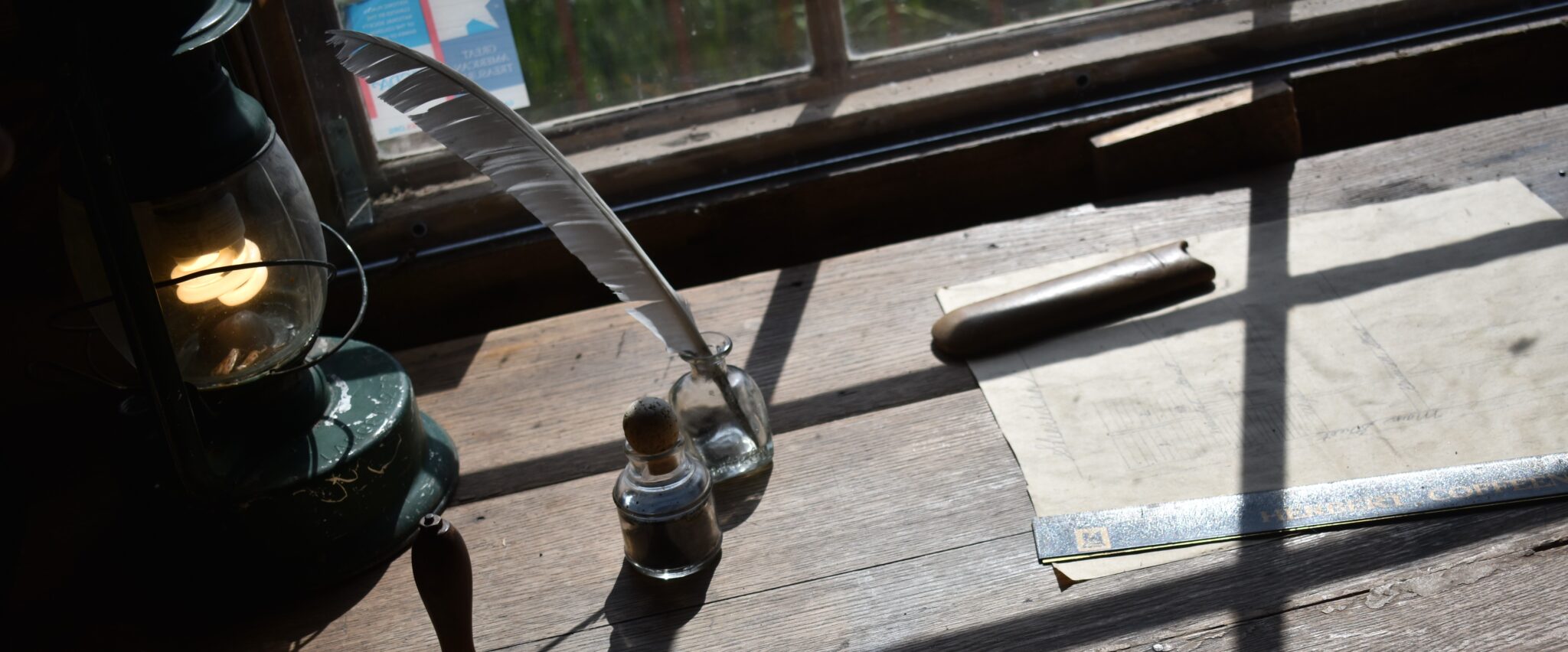
Although today we have radio, television, the internet and an almost unlimited stream of news reports, back in the 1870s in Wyoming, during what is referred to as the ‘Great Sioux War,” this wasn’t the case. But, people back east still wanted news, especially news of their fathers and husbands; sons and brothers, who were in the Army or at the forts on the frontier.
Two famous reporters were John. F. Finnerty, with the Chicago Times, and Robert Edmund Strahorn, who was with the New York Times, Chicago Tribune and the Rocky Mountain News. They were embedded with the army and traveled with them to get the news. Another reporter that was also in the Sheridan area was Charles “Mac” MacMillian. Reports were sent to various newspapers via telegraph, but it wasn’t instantaneous like it is today. Note the date, a full 11 days since the battle.
This about the Custer Battle from the Cheyenne Daily Leader, July 7, 1876

Embedded journalists were placed with the army, and under the control of the military. They were attached to a specific military unit, like the two mentioned above who were with Crook’s campaign and were permitted to accompany troops into combat zones.
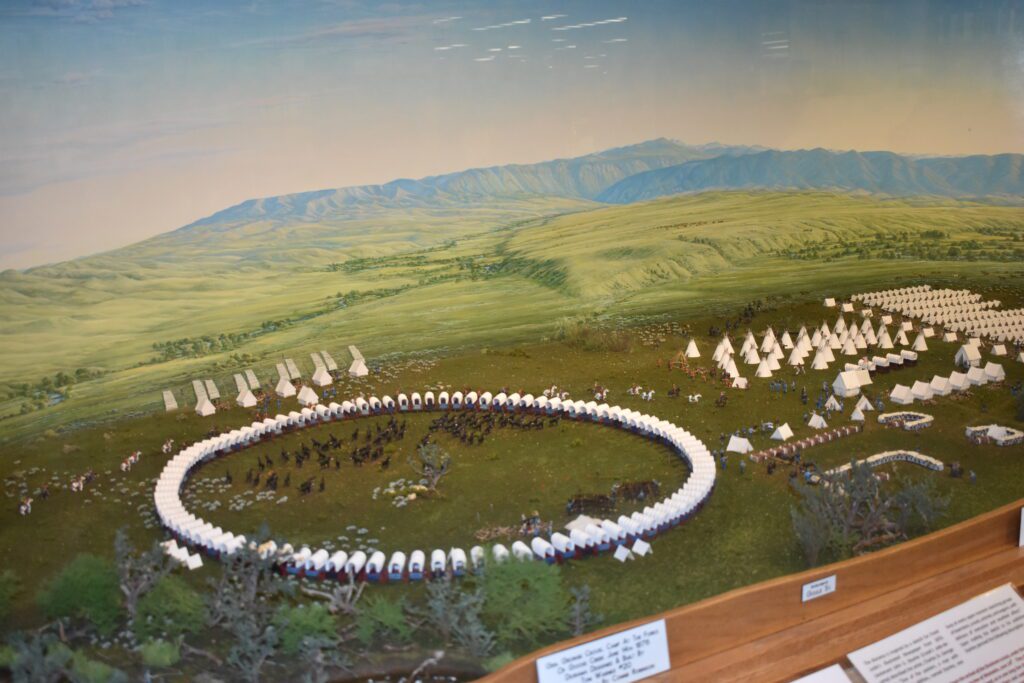
Strahorn was probably the most famous of the frontier war correspondents. He has been referred to as a fighting war correspondent and wasn’t afraid to go into battle to get a story.
From The Cheyenne Daily Sun, April 8, 1876

He also wrote a book about Wyoming and the Black Hills, which has been reprinted and is still available for purchase today.
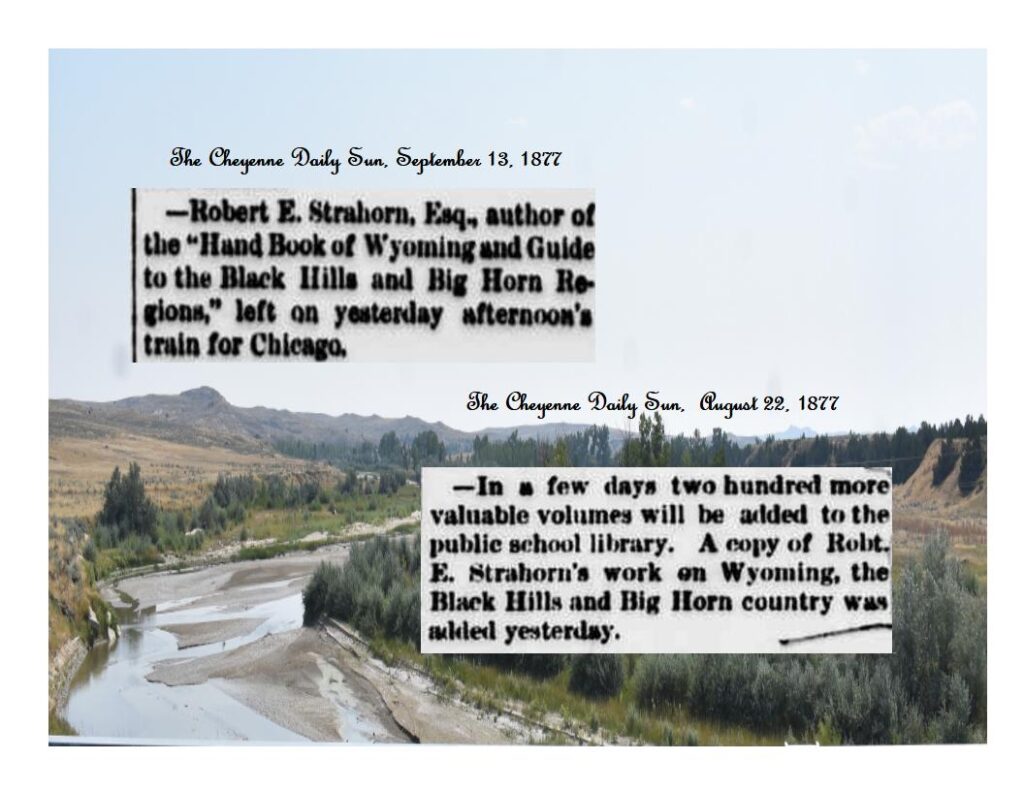
Wyoming Weekly Leader, April 15, 1876, Crooks march to Goose Creek, John F. Finerty, the Chicago Times plenipotentiary, (a person, or a diplomat, invested with the full power on behalf of the one who hired them) who will accompany General Crooks expedition has purchased a horse and was out yesterday exercising the animal, of which he is very proud. He says he hauled the mainstays too taut and that the mare took a tumble to herself and sat down. He then rolled off, and after loosening the stays he again mounted, and the animals swung off at about twenty miles per hour. Finerty say he stayed with her and thinks she will stay with him here after.
And this story talks about Strahorn’s dedication to getting his news. From the Cheyenne Daily Leader, May 22, 1877 – Crazy Horse’s Report of the Rosebud Fight. The Denver Tribune has the ‘following: Mr. Strahorn’s verbal description of the late surrender of “Crazy Horse is quite interesting. Crazy Horse is now in camp, and has surrendered everything that he was required to give up, but he is quite sullen, and refuses to talk except as he may occasionally feel inclined. He, however, never has anything to say in the Indian councils. It is not known whether his reserve to occasioned by the humiliation he feels or his pure stubbornness.” Mr. Strahorn says that all the Indians look upon him as the great Indian leader, and would do anything he might command. He has been an inveterate enemy of the whites, and had not, until his recent surrender, been seen about any of the forts or agencies for the last twelve years. During that time he has roamed through the northern mountains and over the northern plains, subsisting Independent of all aid from the government, and ready to strike down a pale face wherever he might be found.
He is chiefly distinguished for his terrible bravery, which is something to be admired. The Indians say that bravery and not skill is what they require of a chief. Crazy Horse is not considered very “long-headed” but he always leads the foremost in the fight. When be gives an order the Indians are as docile and obedient as a whipped dog. He is a very small man and has been so cut up by wounds that he is very ugly. One of the few men to whom he will talk to is Frank Grouard the widely known scout. He gave Grouard some information, a few days since, which is of considerable interest, as it goes far towards vindicating General Crook against charges made against him for lack of bravery in the Rosebud fight. It will be remembered that he attacked about two thousand Indians under Crazy Horse with eight hundred men.
After fighting several hours, the Indians retreated into a deep canyon. Crook was following them in hot pursuit, riding at the head of his column. Mr. Strahorn was riding by his side when they entered the canon. The command was coming forward at full speed. Upon a sudden the commander reigned up his horse, studied about two seconds and ordered the pursuit to cease. It was for that he was criticized. It was thought that the two thousand warriors whom he had met composed his whole force. But it seems that it was a mistake. Crazy Horse told Grouard that he had two thousand more posted along behind the crags of the canyon, which, had Crook ever entered, would have swooped down upon him aid another terrible massacre would have been the inevitable result. He says he would have made another Custer affair of it. Thus it will be seen that Crook acted the part of the wiseman, and saved his whole force. This Information has never before been made public, and is interesting as news as well as vindication of General Crook.
Although cameras had been in use since the Civil War, most plains correspondents were artists as well, and would send well done sketches to illustrate the articles they wrote.
These were from the SCLT talk on the Rosebud Battle with Kevin Knapp and Dana Prater.
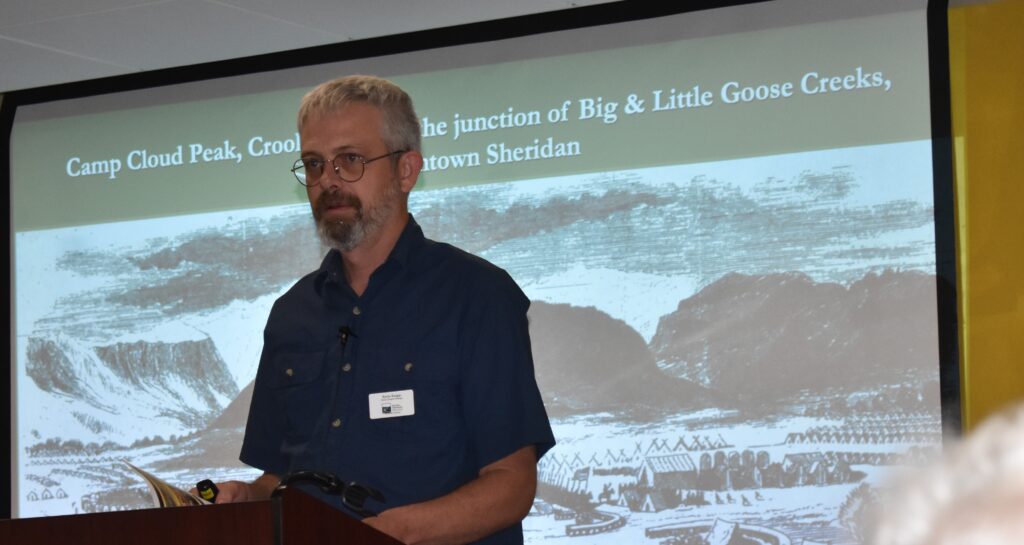
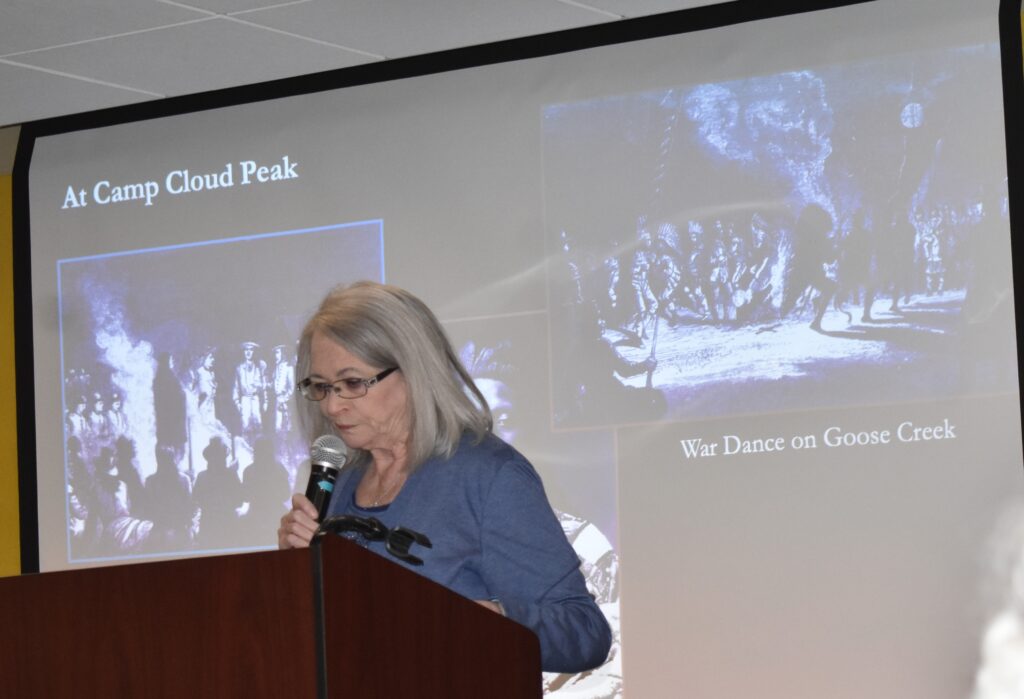
This is from The Wyoming Weekly Leader, Cheyenne March 4, 18
Concerning Crook. A correspondent of the Omaha Republican recently interviewed Capt. Nickerson, of Gen. Crook’s staff and gained the following interesting information regarding the General’s preferences: “As to Gen. Crook himself desiring to fight or kill Indians, It is absurd. circumstances have thrown a great deal of that kind of work on his hands, because he has had it to do, is no reason that he likes it. I happen to know that when he has a choice in the matter, he doesn’t do it.
After the close of his Indian campaign in Oregon and Idaho, both Gen. Halleck and Gen. Thomas who successively commanded that military division, told Gen. Crook on separate occasions, that if he would like to do it they would have Arizona made a separate department and he be placed in command, They both mentioned that they thought as he had had a hard campaign he should have a choice in the matter. Gen. Crook replied that as he had a choice he would prefer not to go, and it was sometime after, indeed after General Thomas’ death, that he was finally assigned to command and began and made his Apache campaign. I answer most pointedly that Gon. Crook doesn’t like to fight Indians or anybody else. Like all good soldiers he prefers peace to war, and when he goes to war does all he can to make it short but decisive. The Indians generally prefer peace afterward; Gen. Crook always prefers it.”
Reports from these intrepid journalists not only sent news from the front lines of many battles, but they have given present day historians firsthand, eye-witness accounts of history. They saw and wrote about what was happening in real time and the old newspapers retain the tone of the long-ago eras as well.


jay burkhart
November 18, 2023 at 10:03 pm
It’s all interesting…, especially knowing the propaganda directly today vs reality, and the propaganda then vs reality.